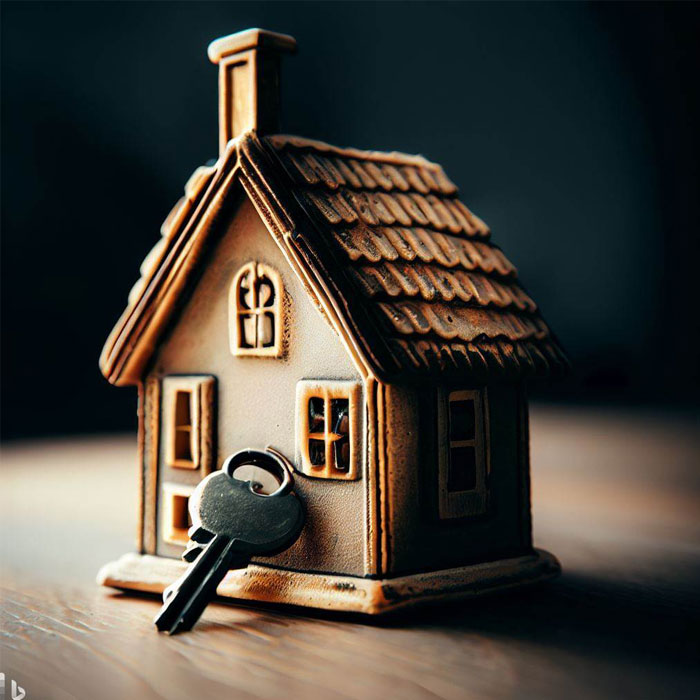
Keeping Your House Safe: A North Carolina Home Insurance Guide
It's essential to carefully review your home insurance policy, including its coverages, limits, deductibles, and any endorsements or riders. You can tailor your policy to suit your specific needs by adjusting coverage limits and adding optional coverages as necessary.
You're absolutely right; the specifics of coverage can indeed vary between insurance companies and policies, making it essential for homeowners to carefully review and comprehend the terms and exclusions of their home insurance policy. Additionally, maintaining an up-to-date policy that reflects changes in your home's value, improvements, and personal belongings ensures that you have adequate protection in place.
It's a good idea for homeowners searching for the best home insurance in North Carolina alternatives in their region to compare plans from different North Carolina insurance providers and take customer service, pricing, and coverage into account. In this manner, you may locate a policy that fits your budget and offers the appropriate degree of protection for your house and personal belongings.